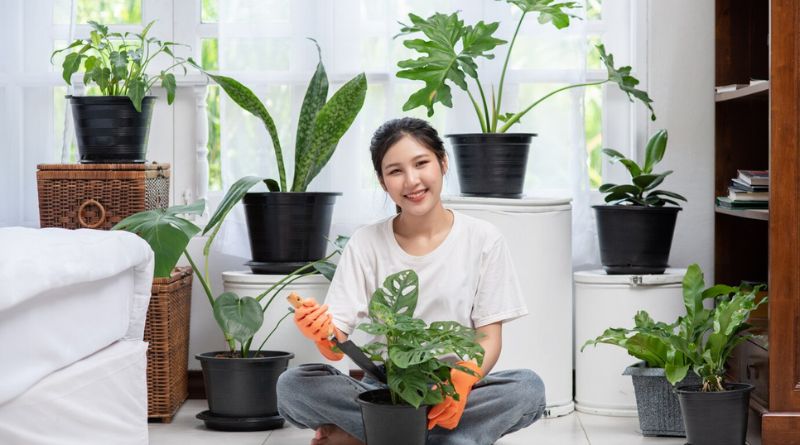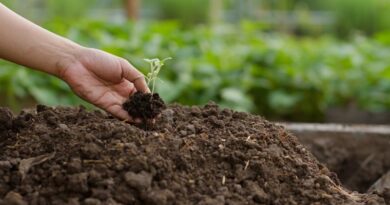Plants to Transform Your Garden – In the ever-evolving canvas of nature, a garden serves as a personal sanctuary, a living testament to the artistry of plant life. The transformative power of carefully chosen flora extends beyond mere aesthetics, influencing mood, functionality, and the broader ecosystem.
This exploration delves into the diverse realm of plants, unraveling the secrets of ornamental blooms, functional herbs, and the ecological significance of native species. From vibrant roses to the humble herbs adorning your kitchen, this guide navigates the pathways to a garden that captivates the senses and fulfills practical needs.
As we embark on this journey, discover the beauty, purpose, and sustainable practices that elevate your green haven into a thriving masterpiece. Join the symphony of colors, scents, and textures as we unveil the potential of plants to truly transform your garden into a flourishing tapestry of life.
Lavender (Lavandula)

Lavender (Lavandula) is a versatile and aromatic herb that adds both visual and olfactory appeal to gardens. With its distinctive fragrance and calming properties, lavender creates a serene atmosphere. This perennial plant features slender spikes adorned with small, fragrant flowers in hues of purple, pink, and white. Beyond its aesthetic charm, lavender attracts pollinators like bees and butterflies.
Thriving in well-drained soil and full sunlight, it’s a low-maintenance choice for gardeners. Whether used in borders, containers, or as a fragrant hedge, lavender brings a touch of elegance and sensory delight to any garden setting.
Also, Read – Reasons Orchid Leaves Turn Yellow
Sunflowers (Helianthus)
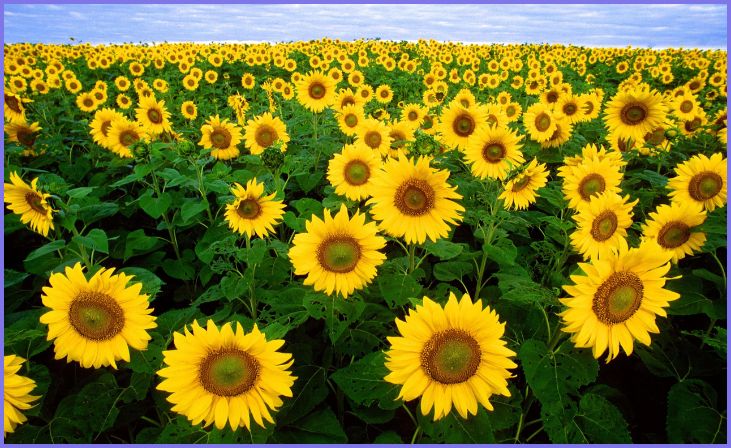
Sunflowers (Helianthus) are iconic garden additions, celebrated for their cheerful blooms and towering presence. With vibrant yellow petals surrounding a dark central disk, these flowers evoke warmth and joy. Available in various sizes and varieties, sunflowers provide versatility in garden design. Beyond their aesthetic appeal, they attract pollinators like bees and butterflies.
The resilience and ease of cultivation make sunflowers suitable for both novice and experienced gardeners. Their robust stalks add structure to gardens, and the seeds are cherished by birds. Planting sunflowers is a simple way to infuse any garden with a burst of color and nature’s radiant energy.
Japanese Maple (Acer palmatum)
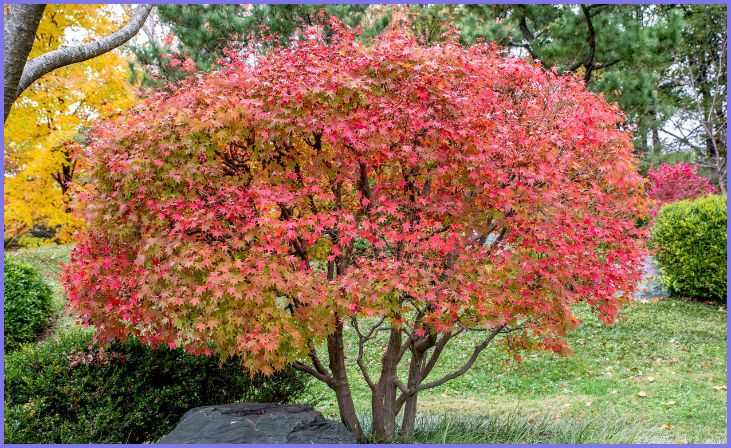
The Japanese Maple (Acer palmatum) is a captivating ornamental tree known for its graceful, finely dissected leaves and stunning seasonal transformations. With hues ranging from fiery reds in autumn to delicate greens in spring, it provides year-round visual interest. This deciduous tree often boasts an elegant, layered structure, adding a touch of sophistication to garden landscapes.
Ideal for small to medium-sized gardens, Japanese Maples thrive in well-drained soil and partial shade, though they can adapt to various conditions. Their aesthetic allure, coupled with a relatively compact size, makes them a cherished choice for those seeking both beauty and versatility in their garden design.
Hydrangea (Hydrangea spp.)
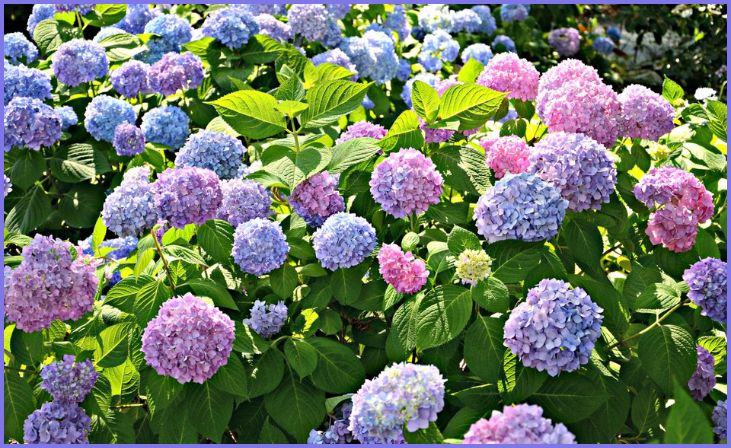
Hydrangeas (Hydrangea spp.) are enchanting shrubs celebrated for their showy and versatile blooms. These deciduous or evergreen plants offer large, globe-like clusters of flowers in an array of colors, from blues and pinks to whites and purples. Their ability to change color based on soil pH adds an intriguing dimension to garden design.
Hydrangeas thrive in partial shade and moist, well-drained soil, making them adaptable to various landscapes. Beyond their aesthetic appeal, these hardy shrubs attract butterflies and bees, contributing to garden biodiversity. Whether used in borders, as focal points, or in containers, hydrangeas bring enduring beauty and charm to gardens throughout the growing season.
Also, Read – Valuable Items to Preserve Instead of Discarding
Succulents
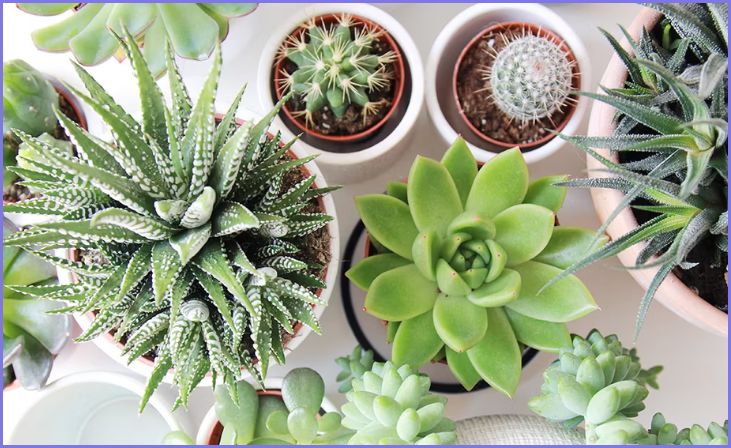
Succulents, a diverse group of water-retaining plants, bring both beauty and resilience to gardens. Known for their unique shapes and vibrant colors, these low-maintenance wonders thrive in arid conditions. From the sculptural elegance of Aloe to the trailing allure of Sedum, succulents offer endless possibilities for creative arrangements in gardens or containers.
Their ability to store water in fleshy leaves allows them to withstand drought, making them ideal for water-wise landscaping. Succulents come in various sizes, textures, and colors, providing a stunning tapestry that requires minimal care. Whether in rock gardens or as indoor accents, these hardy plants add a touch of natural artistry to any space.
Bamboo (Bambusoideae)
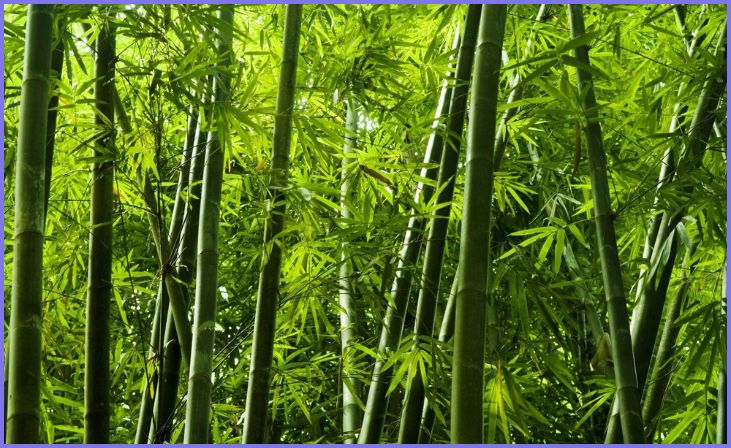
Bamboo (Bambusoideae) is a versatile and fast-growing plant that can transform gardens with its unique and exotic charm. Known for its slender, upright stalks and lush foliage, bamboo creates natural screens, adding privacy and an instant touch of the tropics to outdoor spaces. With various species suitable for different climates, bamboo adapts to a range of environments.
Its rapid growth makes it an excellent choice for creating living fences, windbreaks, or defining garden borders. Beyond its aesthetic appeal, bamboo is eco-friendly and sustainable, contributing to a harmonious balance between nature and design. Incorporating bamboo into your garden brings a touch of elegance and tranquility.
Daylilies (Hemerocallis)
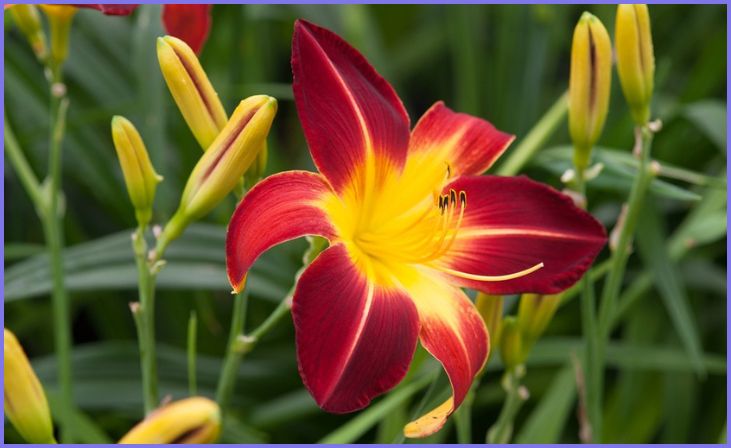
Daylilies (Hemerocallis) are garden gems celebrated for their vibrant and diverse blooms. These hardy perennials offer a kaleidoscope of colors, shapes, and sizes, creating a dynamic display throughout the growing season. With varieties ranging from the classic orange “ditch lily” to sophisticated ruffled hybrids, daylilies suit every garden style. Renowned for their adaptability, they thrive in various soil conditions and climates.
The name “daylily” reflects the fleeting beauty of each flower, which typically lasts only one day but is compensated by a profusion of buds. Low-maintenance and reliable, daylilies contribute enduring charm, making them a perennial favorite among gardeners for adding color and elegance to landscapes.
Ferns

Ferns bring an enchanting touch to gardens with their feathery fronds and lush greenery. Thriving in shaded, woodland areas, these perennial plants add a delicate and graceful texture to the landscape. Ferns come in various shapes and sizes, from the airy Maidenhair Fern to the bold, upright Ostrich Fern. Known for their adaptability, ferns are low-maintenance and complement a range of garden styles, from traditional to contemporary.
Their resilience makes them an ideal choice for creating serene, shaded retreats. As ancient plants that have stood the test of time, ferns infuse gardens with a timeless, soothing ambiance, making them a captivating addition to any outdoor space.
Coneflowers (Echinacea)
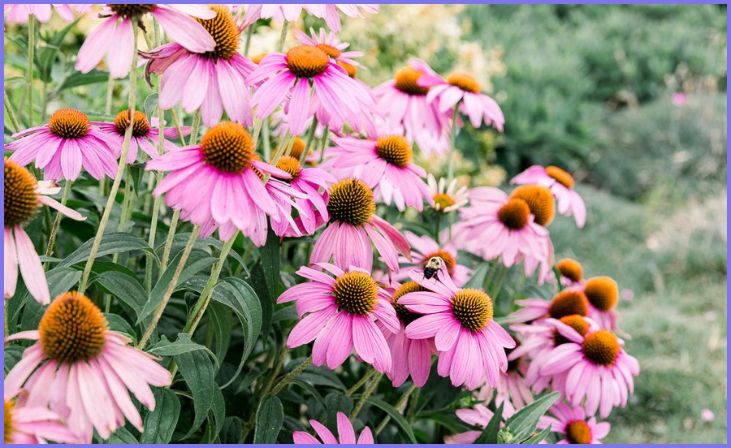
Coneflowers (Echinacea) are quintessential perennials cherished for their resilient beauty and pollinator-friendly blooms. These daisy-like flowers, with their prominent raised centers, come in a spectrum of colors, including vibrant purples, pinks, and whites. Loved by butterflies and bees, coneflowers contribute to garden biodiversity.
Their sturdy stems and long-lasting blooms make them suitable for cutting gardens or as ornamental focal points. Thriving in sunny, well-drained conditions, coneflowers are drought-tolerant and require minimal care. Whether enhancing cottage gardens or wildflower meadows, Echinacea adds a burst of color and natural charm, making it a favorite for gardeners seeking both aesthetics and ecological benefits.
Rosemary (Rosmarinus officinalis)

Rosemary (Rosmarinus officinalis) is a fragrant and versatile herb that elevates gardens with both culinary and ornamental appeal. With needle-like leaves and aromatic, evergreen foliage, it adds texture and fragrance to outdoor spaces. Known for its culinary uses, rosemary enhances a variety of dishes with its distinctive flavor.
This drought-tolerant herb thrives in well-drained soil and abundant sunlight, making it suitable for rock gardens, borders, or containers. Rosemary’s resilience and year-round greenery make it a valuable addition to Mediterranean-inspired landscapes. Beyond its culinary prowess, rosemary is celebrated for its symbolic and aromatic contributions, transforming gardens into sensory-rich havens with a touch of culinary delight.
Importance of plants in transforming a garden
Plants play a pivotal role in transforming a garden, contributing both aesthetic appeal and functional benefits. The importance of plants in garden transformation lies in their ability to:
- Enhance Beauty and Visual Appeal:
- Flowers, with their vibrant hues and varied forms, add a burst of color.
- Foliage plants bring diverse textures, creating visual interest.
- Ornamental trees and shrubs provide structure and height, enhancing the overall design.
- Create Atmosphere and Ambiance:
- Fragrant plants contribute to a sensory experience, influencing the garden’s ambiance.
- Different plant arrangements can evoke specific moods, from serene and contemplative to vibrant and energetic.
- Support Biodiversity and Ecology:
- Native plants attract local wildlife, fostering a balanced ecosystem.
- A diverse range of plants contributes to the health of pollinators, such as bees and butterflies.
- Serve Functional Purposes:
- Edible plants offer fresh produce, promoting self-sufficiency and sustainability.
- Medicinal herbs contribute to wellness, showcasing the practical side of gardening.
- Mitigate Environmental Impact:
- Plants aid in soil conservation by preventing erosion and promoting soil health.
- Trees and shrubs can act as windbreaks, reducing the impact of harsh weather conditions.
- Reflect Personal Style and Expression:
- Plant selection allows for personal expression, reflecting the gardener’s taste and style.
- The evolving nature of plants over seasons mirrors the passage of time, adding a dynamic element to the garden.
Conclusion
In the symphony of soil, sunlight, and greenery, a garden becomes a living testament to the transformative power of plants. Beyond mere decoration, they breathe life into spaces, offering beauty, sustenance, and ecological harmony. As we cultivate our green sanctuaries, let the whispers of leaves and the colors of blooms remind us that, in each seed planted, we sow the potential for growth, joy, and connection with the natural world. In the conclusion of this horticultural journey, embrace the ongoing evolution of your garden—a testament to the artistry of nature and the nurturing touch of a dedicated gardener.
FAQs
Hardy perennials like lavender, succulents, and native grasses are excellent choices. They require less care and adapt well to different conditions.
Absolutely! Container gardening with small ornamental plants, herbs, or vertical gardening techniques can maximize space and create a lush environment even in limited areas.
Include pollinator-friendly plants such as bee balm, coneflowers, and native wildflowers. Avoid using pesticides, as they can harm beneficial insects.

